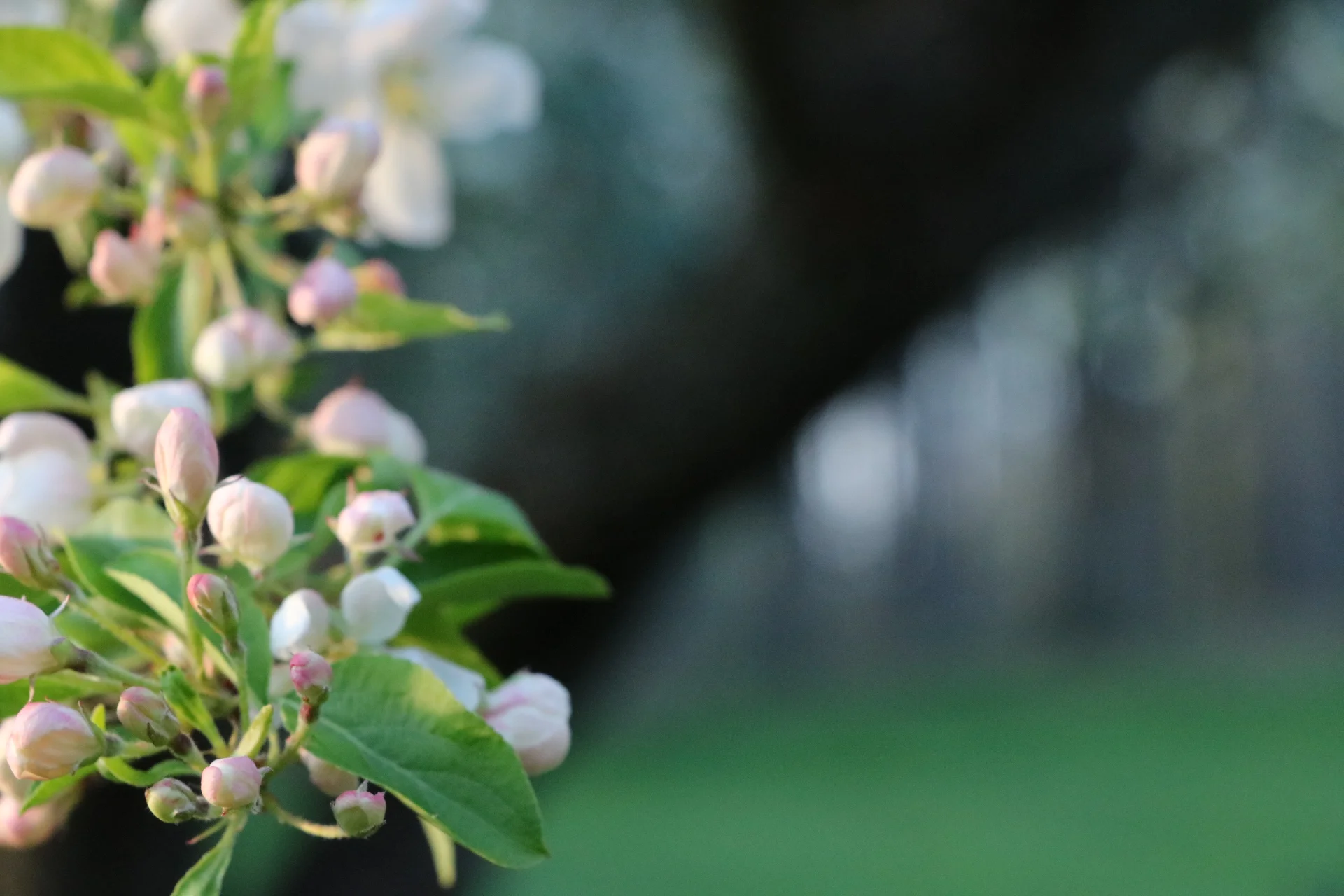Finally, last Sunday, they swarmed out of the hive. They ended up congregating in the giant silver maple just outside the front doors of the store. About 50 - 60 feet up in the air. We decided that we were not going to try to collect this particular swarm, but wave goodbye to a really great queen.
The next day, as I was at the counter in the store, I heard a buzz coming from outside and went out to see the swarm mobilizing.
They flew around for a bit in crazy circles...then went right back into the observation hive. Not what we expected.
There were a few hundred or so bees that did not make it back into the hive, and they began to congregate on a pallet in the parking lot. Rain was coming, and I didn't want to just leave this tiny cluster out and exposed, and for several reasons I suspected that there was a queen in that cluster.
With my hand, I just scooped up the little cluster of bees and was putting them into a nuc box with no plan other than to get them out of the rain. Guess who was sitting right in my hand with the second scoop of bees? The queen, of course! Putting her back into the hive isn't really an option, so Mike took her and her small group of friends home with him that night and added some brood frames from another colony. The good queen will live on.
But what about the STILL overcrowded observation hive? Well, they swarmed again on Tuesday, just about 24 hours after they had returned from their first attempt. Again, waaay up in the silver maple.






















